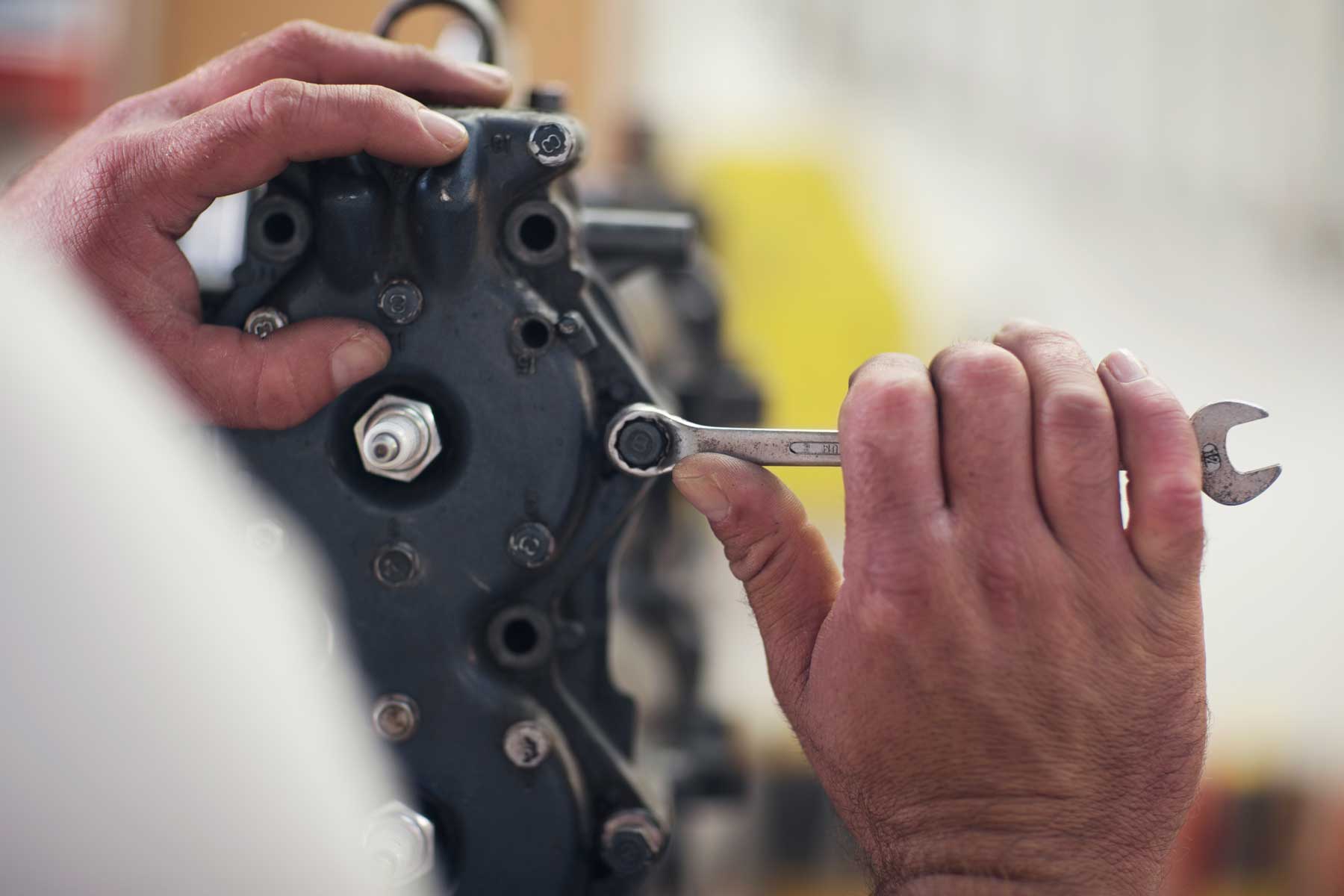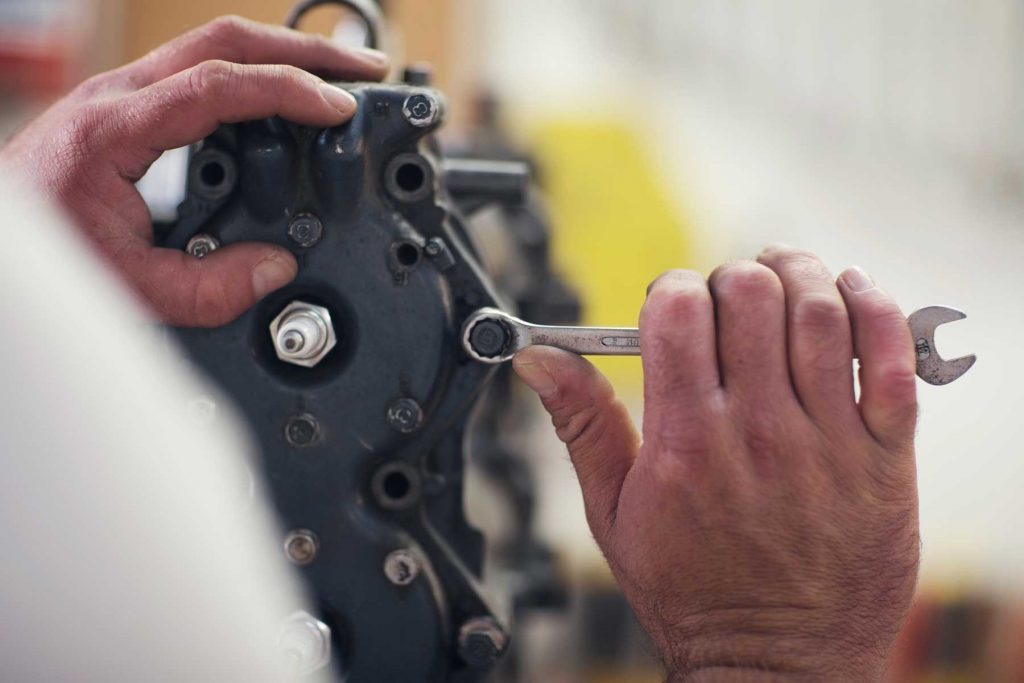
The thought of spring excites you as soon as you park your boat for the winter. But before you tarp over the cockpit and shut the door, it’s worth learning how to properly winterize your boat engine. One winter’s storm can wreak havoc on an exposed boat, leaving the owner with a hefty repair bill and cracked block.
In the more temperate southern states, freezing damage causes the most insurance claims. In these mild climates, boat owners are more inclined to gamble on the weather rather than conduct winterization, resulting in higher claims rates. However, since you can complete essential boat engine winterization in just four simple steps, there’s no need to leave your vessel out in the cold.

1. Empty the Fuel System
Stagnant fuel becomes gummy, so you’ll want to be sure the fuel lines and carburettor are clear. Remove the gasoline line when the boat engine is running in a tank of clean water. The motor will run until it runs out of petrol, ensuring that no gumminess remains to clog injectors or jets.
For step two, you’ll need a good fogging oil before the engine quits.
2. Fog the Engine
When an engine is kept in long-term storage, the forces of gravity draw away its lubricants from bearing surfaces like piston rings and cylinder walls. In as little as a month, the lack of lubrication might allow corrosion to spread throughout. The next time you start up that motor, its components may be dented or adhered to.
Fogging oil is a petroleum-based aerosol product that is used to treat engines. Fogging oil, which forms a thin, tenacious film over time, prevents corrosion by keeping liquids from sliding down. Because you’ll be draining your fuel lines and carburettor, fogging oil is most effective when you apply it as the engine begins to run out of gas.
For an inboard motor, spray into the carburettor. Spray fogging oil into the air intake of an outboard motor.
3. Drain or Stabilise the Fuel
Draining the tank is your best option for boat engine winterization when old fuel causes problems. A fuel stabiliser is a wonderful solution if this isn’t feasible. Anti-Freeze, which is a by-product of the manufacturing process, prevents gasoline from separating and clogging fuel lines so you can get back in the water as soon as possible.
Fuel stabilisers are important in diesel engine fuel systems, as they prevent bacteria from forming and causing injector problems. Regardless of your fuel type, the tank should be filled to 95% full with the appropriate quantity of stabiliser after it has been stabilised. This will keep the air space in the tank small and prevent condensation from forming.
4. Drain the Engine and Add Antifreeze
The most essential step in preventing a cracked block is to remove all of the water from your engine. Because different manufacturers have varying warranty requirements, it’s best to consult your owner’s handbook for specifics. Many antifreeze solutions are designed particularly for marine usage and come in a variety of temperatures.
Contact us for Parts and Expertise
In order to keep your boat engine running smoothly throughout the winter, follow these simple safety measures. Winterisation is an excellent time to do basic maintenance, such as oil changes and minor lubrication.
Diesel Mechanics Australia is dedicated to providing the greatest customer care possible, and we’re here to assist with any boat engine maintenance or procedure.

